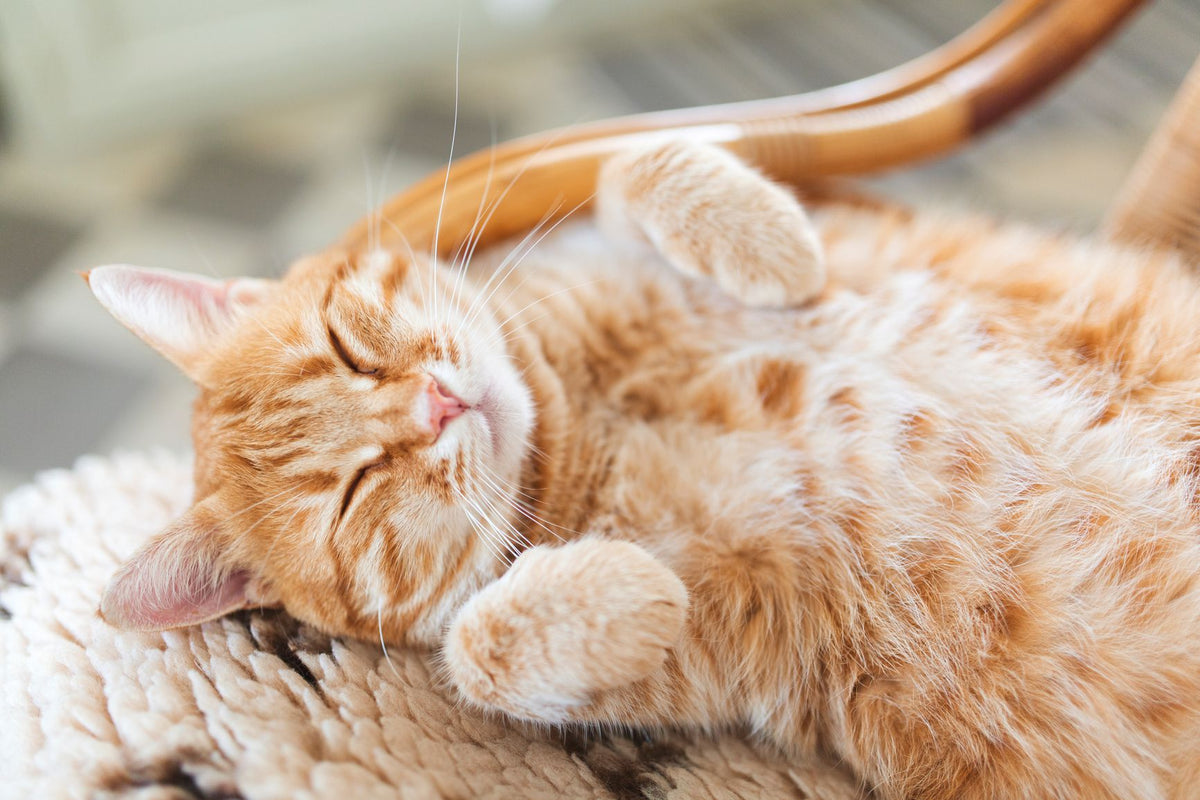In 24 cities

Groom ’Em the Vet-Approved Way! Healthy Coats, Happy Cats
|
|
Time to read 2 min
Enter pincode
Please enter a valid pincode Enter the pincode to check delivery date
Enter the pincode to check delivery date
100% Authentic

Easy return policy

Help us ensure a smooth delivery
SIZE GUIDE
Written by: Dr.Jyothi Madhu
|
|
Time to read 2 min
Grooming is essential for a cat’s overall health. Regular brushing removes loose fur, prevents matting, and reduces hairballs—common problems that can lead to digestive issues. Grooming also allows pet parents to notice early signs of skin irritations, fleas, or ticks, which can be harder to detect in cats due to their independent nature.
Beyond the coat, grooming strengthens your bond with your cat. Cats who are handled gently during grooming often feel more secure, reducing anxiety and promoting trust. This makes routine care, like nail trimming or ear cleaning, easier to manage.
Professional grooming uses products specifically designed for feline skin and coat. Cats have sensitive skin, and using the wrong shampoo or conditioner can lead to dryness, irritation, or allergic reactions.
Vet-approved techniques include:
Gentle brushing to remove tangles and prevent matting
Using hypoallergenic shampoos and conditioners
Special detangling tools for long-haired breeds
Drying methods that avoid overheating or stress
Each coat type has unique needs, and grooming professionals tailor their approach to keep your cat comfortable and safe.
Grooming isn’t just about appearance—it’s an opportunity to monitor your cat’s health. During each session, a groomer or vet checks:
Ears: For wax buildup, infection, or mites
Nails: For overgrowth or splits that can cause discomfort
Skin & Coat: For parasites, infections, or unusual lumps
Early detection of health issues can prevent serious complications and save you from costly vet visits.
Cats can be nervous around grooming tools or strangers. Professional groomers use calming techniques such as slow handling, quiet spaces, and positive reinforcement. Some cats benefit from pheromone sprays or gentle massage to reduce anxiety.
A stress-free grooming experience ensures your cat associates grooming with comfort rather than fear, making future sessions easier for both you and your feline friend.
Regular at-home care helps maintain a healthy coat between professional grooming sessions:
Brushing: Short-haired cats should be brushed 2–3 times per week; long-haired breeds daily
Nail Trimming: Prevents overgrowth and reduces scratching injuries
Ear Cleaning: Check for debris or signs of infection
Hydration & Diet: Adequate water intake and omega-3 fatty acids improve coat shine and skin health
Environmental Care: Keep bedding clean and free from fleas or dust
1. How often should I groom my cat?
Short-haired cats benefit from brushing 2–3 times a week, while long-haired cats should be brushed daily to prevent tangles and mats.
2. Can grooming reduce hairballs?
Yes. Regular brushing removes loose fur before your cat ingests it, reducing the formation of hairballs and digestive issues.
3. Are professional grooming products necessary?
Yes. Vet-approved shampoos and conditioners are designed for sensitive feline skin and coat, minimizing the risk of dryness or allergic reactions.
4. How can I make grooming less stressful for my cat?
Use slow, gentle handling, a calm environment, positive reinforcement, and pheromone sprays if needed. Short, consistent sessions work best.
5. Can grooming detect health issues early?
Absolutely. Groomers check ears, nails, skin, and coat for signs of infections, parasites, or other abnormalities that may require veterinary care.
6. Is at-home grooming enough?
At-home grooming is important but should be complemented by professional grooming, especially for long-haired cats, mat-prone breeds, or cats with sensitive skin.
7. What should I do if my cat hates grooming?
Start slowly, with short sessions, use treats for positive reinforcement, and consult a professional groomer experienced with anxious cats.



In 24 cities

Happy pet parents

For every new member

Exclusive
2 item in cart
₹10,360


